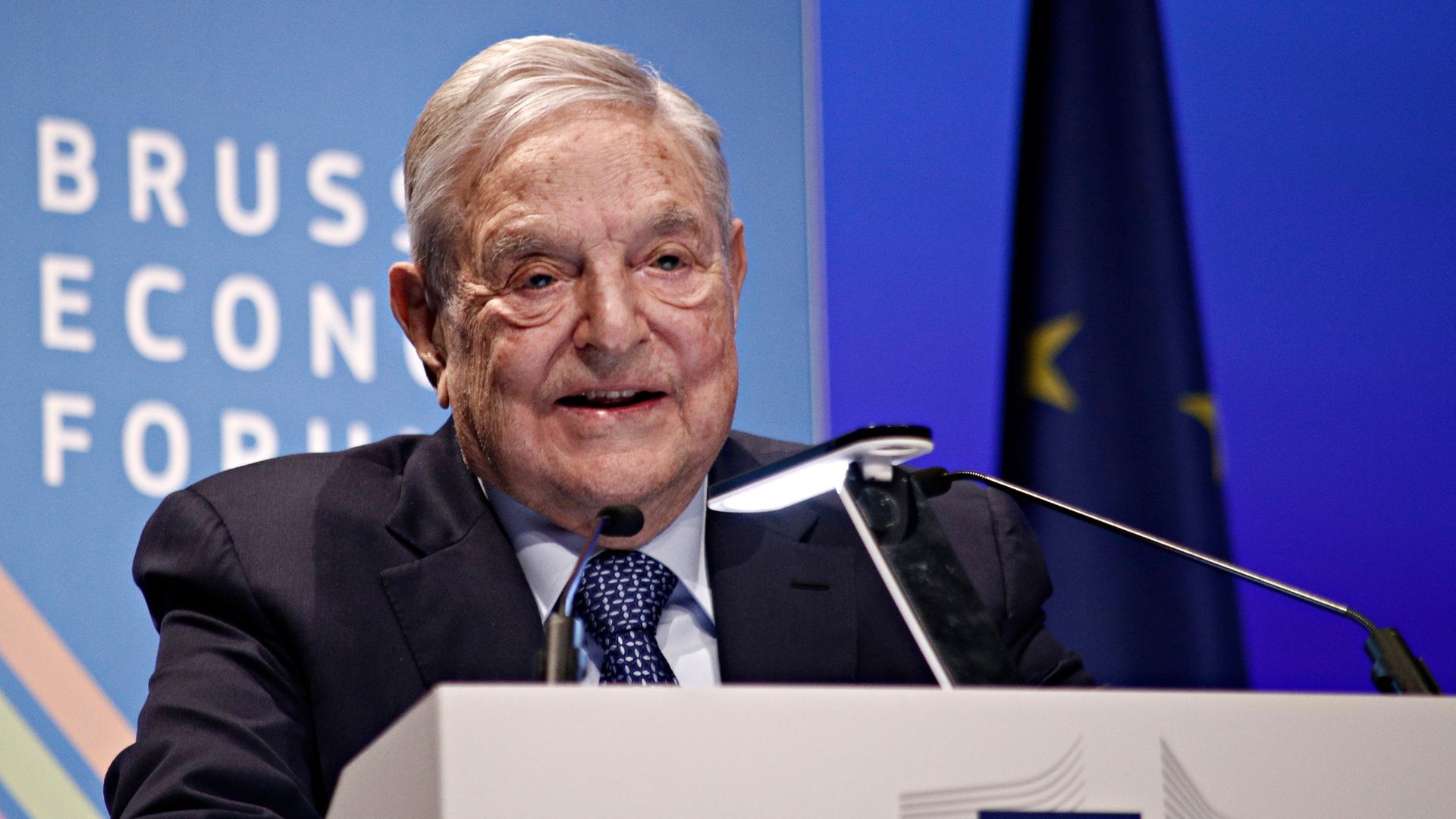President Donald Trump announced Friday that he is recommending a 50% tariff on goods imported from the European Union starting June 1, 2025, citing a breakdown in ongoing trade negotiations and long-standing trade imbalances.
JUST IN – Trump recommends a 50% tariff on products imported from the European Union, starting on June 1, 2025.
— Disclose.tv (@disclosetv) May 23, 2025
Trump’s Sovereign Wealth Fund: What Could It Mean For Your Money?
In a statement posted to Truth Social, Trump said the EU has been “very difficult to deal with” and accused the bloc of employing unfair trade practices that have contributed to a massive trade deficit with the United States.
“The European Union, which was formed for the primary purpose of taking advantage of the United States on TRADE, has been very difficult to deal with,” Trump wrote.
“Their powerful Trade Barriers, VAT Taxes, ridiculous Corporate Penalties, Non-Monetary Trade Barriers, Monetary Manipulations, unfair and unjustified lawsuits against [American] Companies, and more, have led to a Trade Deficit with the U.S. of more than $250,000,000 a year, a number which is totally unacceptable.”
Trump’s latest tariff proposal follows a previously announced reciprocal tariff plan unveiled in early April.
This Could Be the Most Important Video Gun Owners Watch All Year
That plan included a 20% rate on EU imports, although the president delayed implementation for 90 days while maintaining a 10% base rate across the board.
With trade talks making little progress, Trump indicated that the pause would not be extended.
“Our discussions with them are going nowhere!” Trump wrote.
“Therefore, I am recommending a straight 50% Tariff on the European Union, starting on June 1, 2025. There is no Tariff if the product is built or manufactured in the United States.”
The White House did not issue a separate statement Friday, but administration officials confirmed the tariff increase is part of a broader strategy to pressure the EU into a more balanced trade agreement.
Trump’s trade team has secured recent deals with the United Kingdom and China.
The agreement with China followed a period of escalating tariffs that peaked at 145% before being reduced as part of a temporary arrangement.
Trump has used high tariff rates as a key negotiating tool during his administration, arguing that countries unwilling to negotiate fair terms with the United States should face economic consequences.
He has repeatedly warned foreign governments not to retaliate with counter-tariffs, stating that such moves would result in more severe penalties.
“Tariffs are the tool we have to level the playing field,” Trump said in a previous statement.
“We want free trade, but it has to be fair trade.”
While the UK and China have reached agreements under pressure from tariff policies, negotiations with the EU have proven more difficult.
The European Union, consisting of 27 member states, has maintained unified positions in trade talks and has historically favored multilateral approaches that often clash with the Trump administration’s bilateral negotiation style.
It is unclear how EU leaders will respond to Trump’s proposed 50% tariff. The European Commission has not yet issued a formal response, though some member state officials have criticized the U.S. approach to trade policy, calling it “confrontational” and “counterproductive.”
As the June 1 deadline approaches, businesses in both regions are expected to brace for economic disruption unless an agreement is reached.
Trump’s position remains firm, and administration sources suggest the White House is prepared to enforce the new tariff structure unless the EU presents new trade terms acceptable to the United States.
Connect with Vetted Off-Duty Cops to Instantly Fulfill Your Security Needs
Read the full article here


![Trump Unleashes 50% Tariff on Europe—No Deal, No More Waiting [WATCH] Trump Unleashes 50% Tariff on Europe—No Deal, No More Waiting [WATCH]](https://www.lifezette.com/wp-content/uploads/2025/05/2025.05.24-12.27-lifezette-6831bb294d49b.jpg)








![Charlotte Area Schools Report Over 30,000 Absences Following Weekend of ICE Arrests [WATCH] Charlotte Area Schools Report Over 30,000 Absences Following Weekend of ICE Arrests [WATCH]](https://www.lifezette.com/wp-content/uploads/2025/11/2025.11.23-06.59-lifezette-6922b0c6b56bf.jpg)
